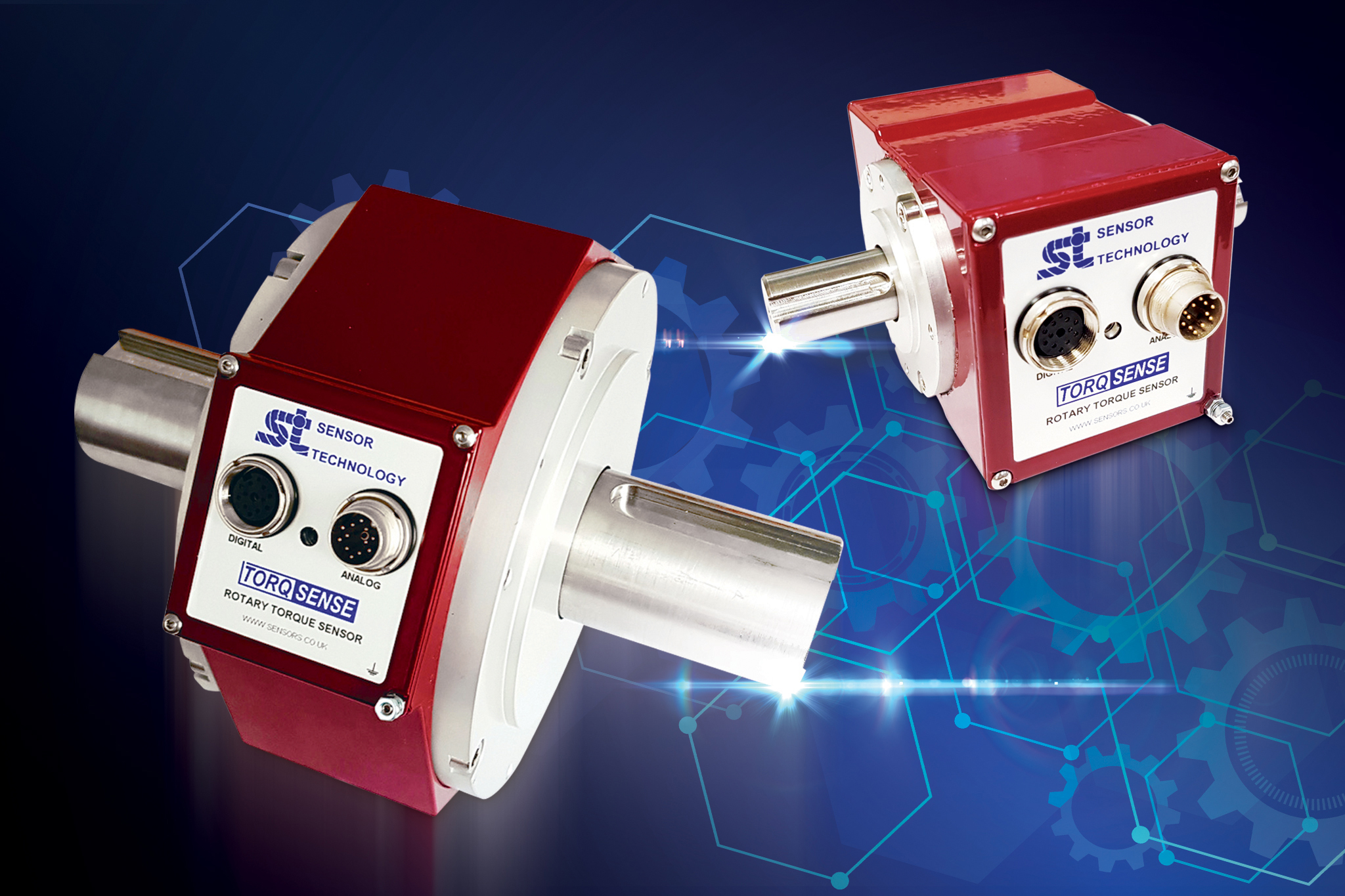Engineers Torque Technology to Medics
Mark Ingham examines several projects where his company, Sensor Technology, has contributed behind the scenes.
Like many rugby players, I took my knees for granted until a twisting fall resulted in a torn anterior cruciate ligament. Fortunately, modern surgery and nine months of physiotherapy can now repair this injury. I found some comfort in knowing that Sensor Technology has modestly contributed to the medical understanding of this critical joint.
With the upcoming Olympics driving increased sports participation, military personnel returning with knee issues, and the wear and tear on joints as people live longer, the need for new knowledge is growing.
One research programme utilised a Sensor Technology TorqSense industrial sensor to analyse the performance of implanted replacement knee joints. Sensor Technology helped develop a rig centred on a 100Nm TorqSense transducer with an extended through-shaft supporting crank arms on both ends. The researchers meticulously aligned the axis of the TorqSense with the patient's knee and attached the ankle to one crank. They used the other crank to move the knee without requiring muscular effort, isolating the joint. Data collected during a test sequence built a profile of the knee's performance.
TorqSense, based on a full four-element strain gauge bridge design, can accurately measure and record sudden spikes in torque load. This capability is becoming increasingly important in automated machinery, integrated systems, test rigs, and continuously monitored plant.
TorqSense measures torque 4000 times per second and uses high-performance signal conditioning for a corruption-free, high-bandwidth torque monitoring solution. Enhanced by 250% overrange and 400% overload capabilities, elimination of side and end load errors, and real-time temperature compensation, the non-contact signal transmission means the sensor exerts no load on the monitored shaft, while maintenance-heavy slip rings have been designed out.
Drug Protection
Errors in drug delivery are decreasing annually in all medical branches due to advances in infusion and monitoring technologies. Most medical pumps are driven by stepper motors, tested by driving them against a DC motor acting as a brake. In one programme, a TorqSense was mounted between the two motors to record the instantaneous shaft torque during test sequences. These data were analysed to build a model of the motor’s characteristics.
The alternative would be to use a very expensive dynamometer, which would also be slower to set up because it would require hardwiring instead of a radio link.
Another drug protection-related project noted that when using diagnostic fluids on ill or nervous patients, hospital staff under stress do not appreciate difficult-to-open bottle tops. However, they want the tops to feel secure enough to ensure fluid sterility. Tightening bottle caps in pharmaceutical plants thus becomes a precision operation.
Sensor Technology helped develop specialist capping machines, which tighten bottle caps within precisely defined tolerances and log every detail of every bottle. These machines are simple: filled bottles are presented to a torque head, which quickly screws on a cap to a target torque.
Typically, a batch size is 10,000 bottles, capped at one per second. Each cap must hit target tightness, with measurements logged for traceability. Sterility is paramount, so the machine likely operates in a high-vacuum chamber to ensure no contaminants are present.
TorqSense met all criteria for this application, being simple, robust, high-speed, and wireless. The sensor could be used 'as is' with suitable mounting arrangements. The associated software was ready to go after calibration and the addition of some bespoke front-end graphics. The software was required to run the torque up to 10kgcm within tolerances of 10 percent and record the actual value achieved. This secures the cap at a tightness level that ensures security and sterility, yet can be easily opened by an adult. The logged values are saved to a hard drive to provide a permanent record for traceability.
Diagnostic fluids are distributed widely, typically to every hospital in the country and many overseas, and may be stored for months before use. Tracing each bottle's origin would be practically impossible without full records being automatically produced and saved to a central location. Sensor Technology helped provide a solution to this complex but critical problem using out-of-the-box technology.
Wheelchair Reliability
In a more conventional engineering environment, a TorqSense is helping ensure the reliability of powered wheelchairs, incorporated into a dynamometer rolling road built by PG Drives in Dorset. The rolling road measures the torque between the motor under test and the inertia network it is driving, simulated by selective use of both passive and active loads. The TorqSense constantly measures the test motor’s torque at its output shaft, logging it for later analysis.
Prolonged and arduous tests simulate various conditions, including on and off-road scenarios, different surface types, gradients, extreme weather, heavy loads, shock loads, and other anomalous behaviours. Before the rolling road was built, the analysis regime was based on test driving around town, but consistency and repeatability were impossible to achieve. The rolling road, in constant use since its construction, benefits from the reliability and ease of use provided by TorqSense.
As development engineers, we at Sensor Technology never know what our next job will be. However, it is heartening to think that we are making such a direct contribution to healthcare and medicine.
Visit the Sensor Technology Ltd website for more information on Engineers Torque Technology to Medics




